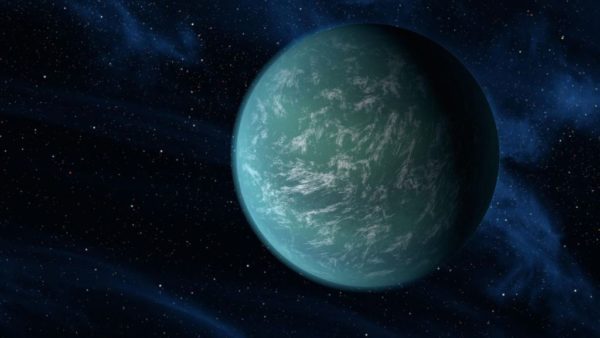
Scientists suspect they have identified an intriguing new alien planet in a particularly roundabout way.
The planet is eye-catching because it bears some eerie similarities to Earth, but also some stark differences. In terms of size, the scientists believe the world is about four times Earth’s mass. The planet’s star is a dim dwarf star, perhaps even a brown dwarf, or “failed star.” The planet’s year lasts about 617 Earth days, even though its orbit falls somewhere between those of Earth and Venus around our sun.
But the team of scientists that discovered the new alien world didn’t observe it directly. They didn’t even spot it by identifying how it interacts with its star. Instead, the researchers found the planet because of the way it and its star warped and magnified light, like a lens — a phenomenon called gravitational microlensing.
Gravitational microlensing relies on the fact that massive objects warp the space around them. When a telescope, a massive object and a target line up in just the right way, the massive object warps the light emitted by the target, magnifying it. It’s a very uncommon event — just one in one million stars are being lensed at any given time, according to a statement about the new research from the University of Canterbury in New Zealand.


